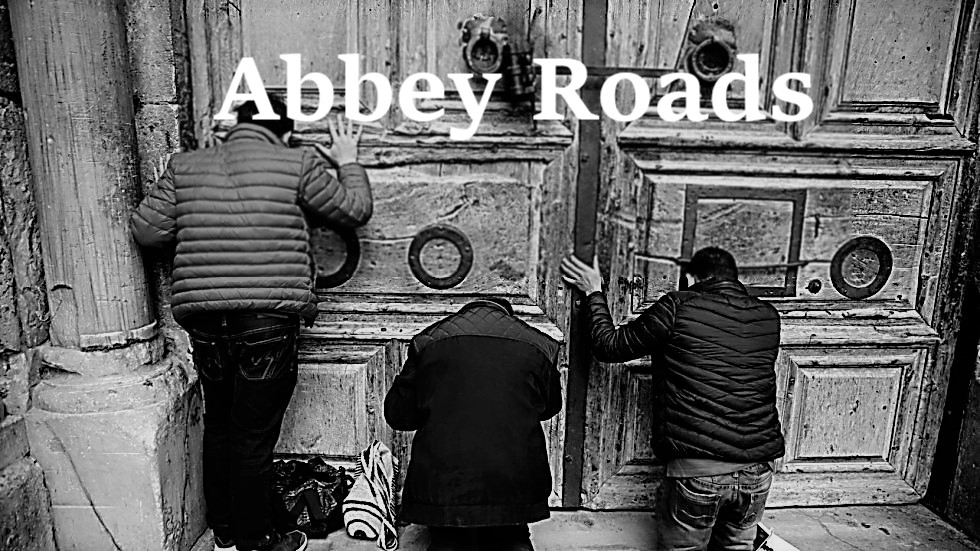Tuesday, December 15, 2009
Beautiful Nativity
Nativity Group with Angel, 18th century
Guatemalan
Wood, polychromed and gilded, with glass eyes and silver-gilt halos
(.168ab): H. 20 in. (50.8 cm); (.169a–c): H. 20 3/4 in. (52.7 cm); (.170ab): L. 9 5/8 in. (24.4 cm); (.171a–c): H. 18 in. (45.7 cm); (.172): H. 7 3/4 in. (19.7 cm)
Gift of Loretta Hines Howard, 1964 (64.164.168ab–.172)
.
The workshops that generated Guatemalan devotional sculptures, whether Nativities or Crucifixion scenes, developed a style and technique that remained fairly constant over time. But while sculptors remained fairly faithful to set compositional models, those responsible for the estofado, the layering of gilding and paint that reproduced the effects of lavish silk and gold textiles, enjoyed more freedom to vary the patterns they used. Guatemalan estofado is the finest practiced in the Spanish Americas and is distinguished also by the use of delicate relief that adds variety to the surface of the sculptures.
Elements of Asian style, perceptible in the robes of Mary and Joseph, reflect the importation of Chinese silk via the Manila Galleon trade; their faces, especially the Virgin's pure oval countenance and heavy-lidded eyes, recall the features of Hispano-Philippine ivory carvings.
Metropolitan Museum of Art, NYC
Subscribe to:
Post Comments (Atom)


It's gorgeous!
ReplyDeleteLove the Nativity of all kinds, but especially this.
Thank, Terry!
Beautiful..
ReplyDeleteThose really are lovely, Terry!
ReplyDeleteThis summer, at a garage sale, I picked up a nativity set made of plaster. The paint job was pretty bad -- air brush with just a little bit of hand work. The colors are not all one could wish. Anyway, the figures themselves are not bad, and I am going to be repainting them all. Your photo gives me some inspiration.